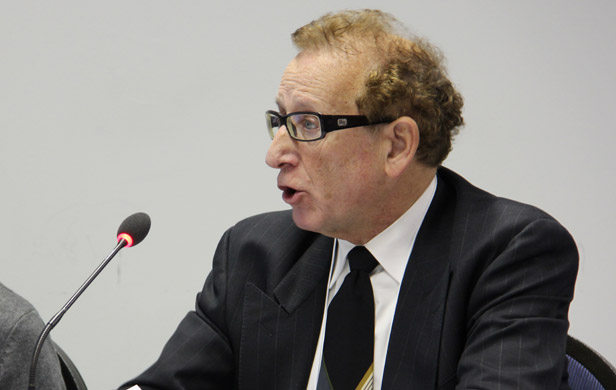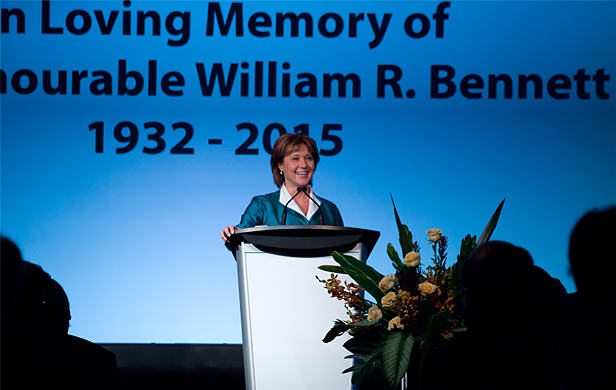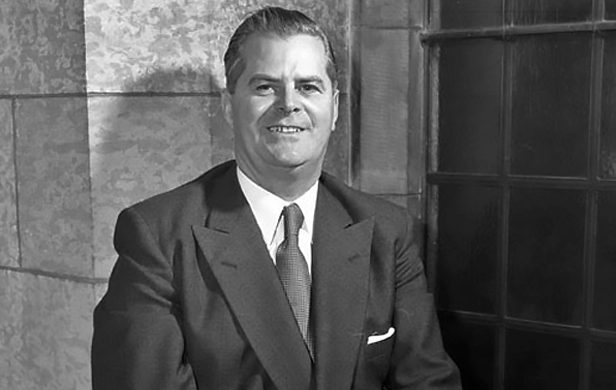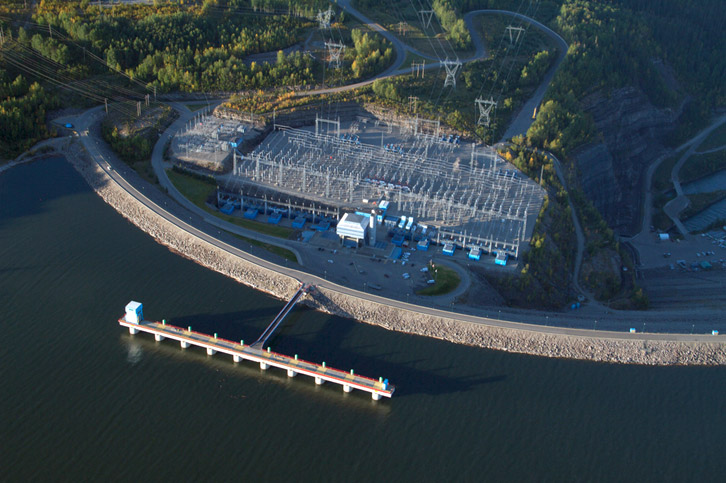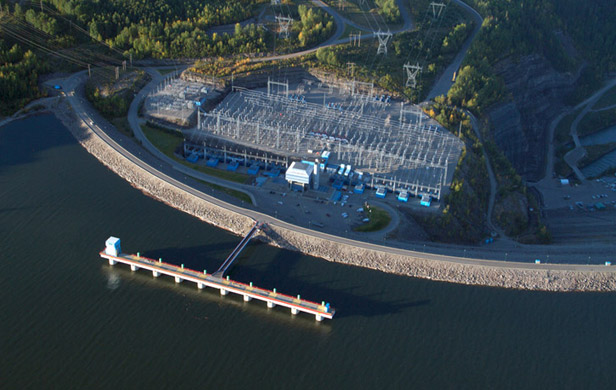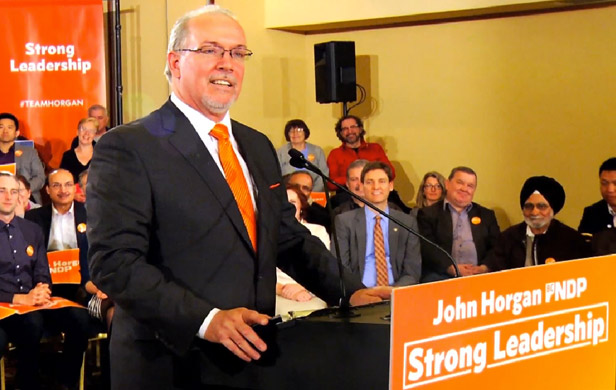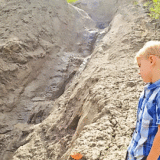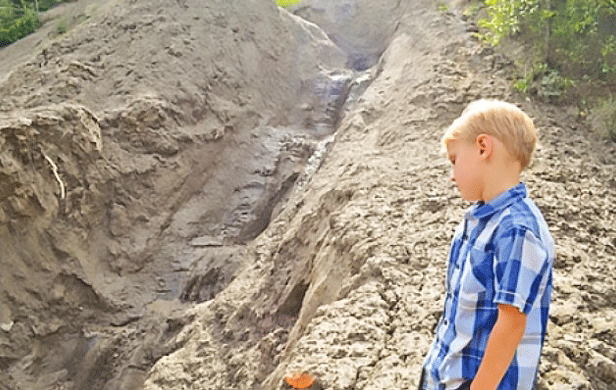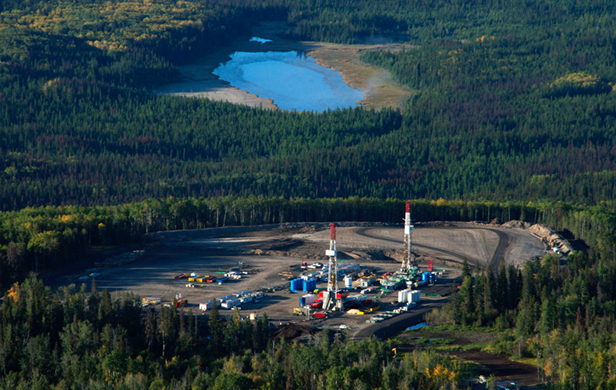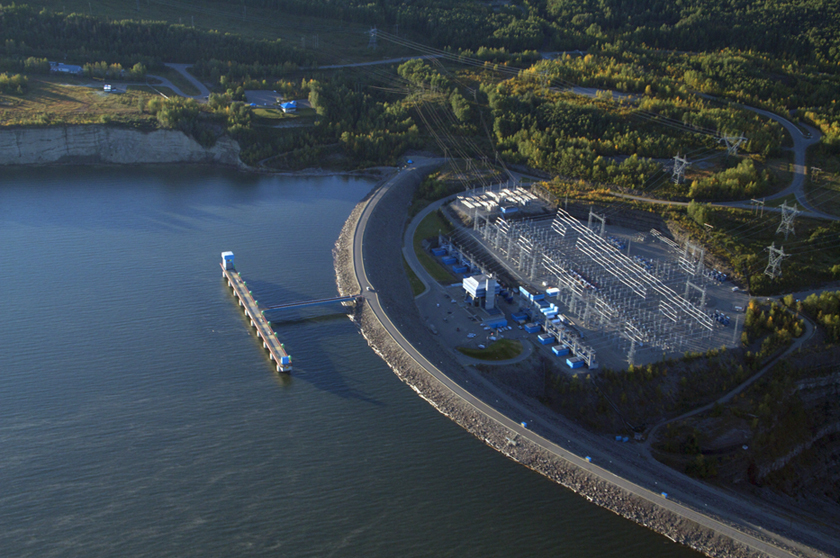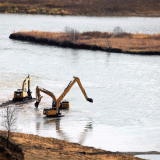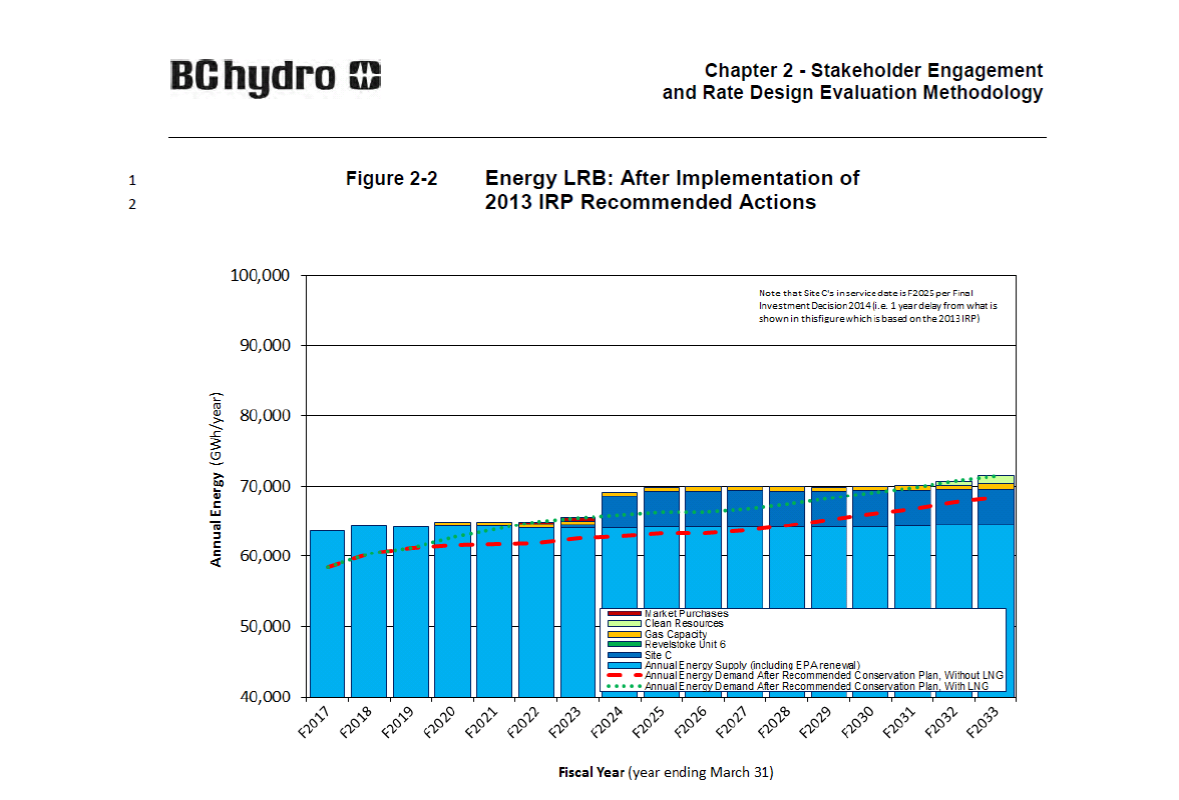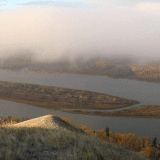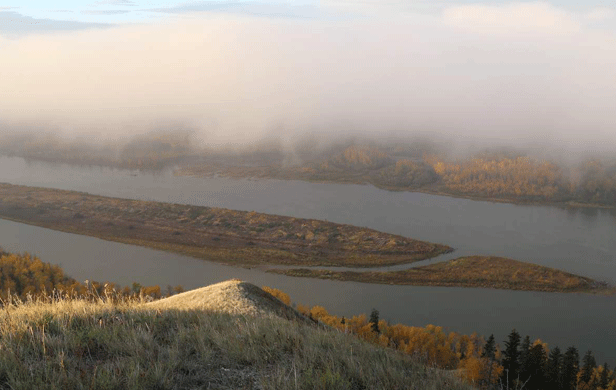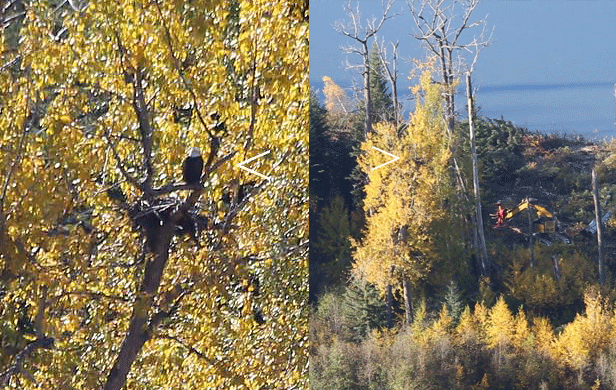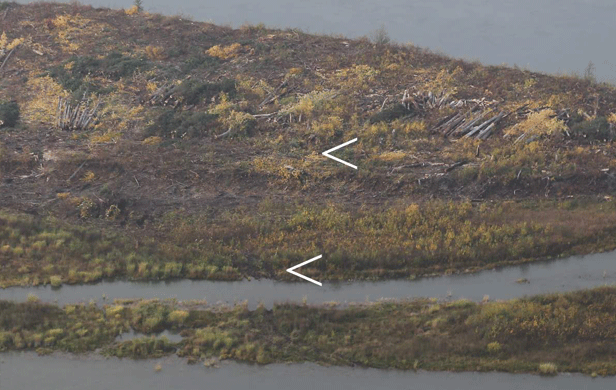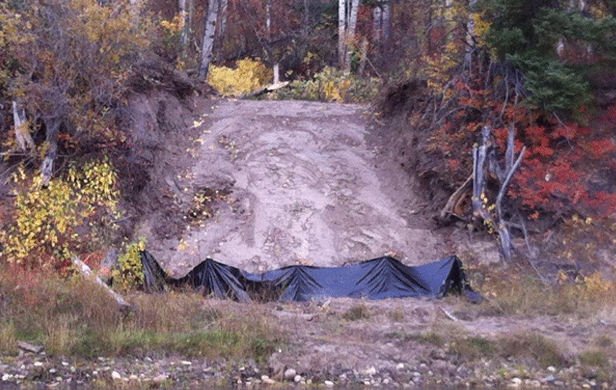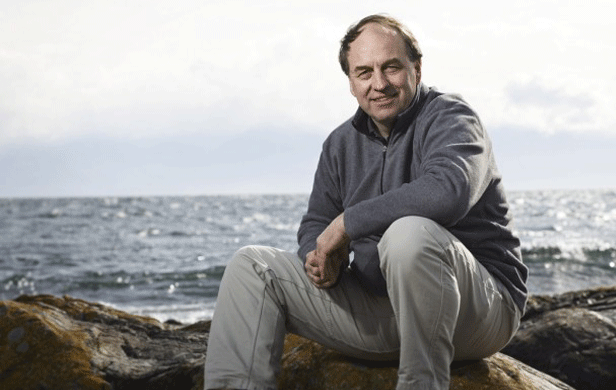
It’s been a disappointing week. We all have them.
In a moment, I’ll get to my frustration with the BC Green Party and its leader Dr. Andrew Weaver – but my disappointment started with a letter from Fair Voting Canada (FVC) in answer to a letter from me offering support in their fight for reform of our voting system.
As you know, the Trudeau government has set up a committee to hear evidence in order to bring forth a bill to change the system from First Past The Post (FPTP) to some form of Proportional Representation (PR).
Though it has nothing to do with their bleated moral virtue but everything to do with getting past the next election still under FPTP the Tories tendentiously insist that there must be a referendum.
I have a manuscript into the publisher on the Canadian Constitution which really could be called “the constitution for dummies”. Meaning no disrespect, it’s an uncomplicated look at how we run things and puts forward some options for reform. I offered this book to FVC, no strings attached, but then we hit upon a serious problem.
System be left to reform itself
My position was taken after considerable study and some 40 years of experience in the field at the highest level. I examined FPTP, PR, Alternative Voting, and STV as recommended by the BC Electoral Assembly in in 2008.
While FVC and I came to the same conclusion, FVC would not have a referendum but would leave implementation entirely to the Parliament of Canada – which is saying to Mr. Trudeau and his whipped Liberal caucus.
It seems to me, and I hate to use this word about such sincere people, that it’s pretty hypocritical to call for “fair voting” and deny the vote to people on the very issue at stake. The morality is scarcely improved by the fact they agree with Trudeau’s position but, intended or not, is “we know best” elitism. I want the same thing but know that unless it comes from the people, it will never really be legitimate and never fully accepted.
Obeying the elites
The reason – I would call it an excuse – that FVC gives is that it will be too late, thanks to the delays of the Harper government, to hold a referendum in time for the next election. Therefore, goes the reasoning, the lousy system we used to let this crowd in, because time is awkward, will be replaced by one we who know best have selected!
This smacks of the discipline Canadians traditionally impose upon themselves in favour of the pronouncements of the elite. It just goes back, I suppose, to British autocracy as represented in our Constitution, which doesn’t talk about liberty, but “peace, order, and good government”. Somehow, even in 2016, we’re prepared to obey the elites rather than think for ourselves. The elites know that, so don’t trouble us with things like referenda.
I ask FVC and their allies like Leadnow: What the hell are you afraid of? How can you possibly want to improve a democracy by denying democracy and then pretend that you have actually reformed the country?
Greens don’t get it on Hydro
My second disappointment was with the BC Green Party and in particular its leader Dr. Andrew Weaver.
I consider myself a Green, though not a Party member, and am a huge fan of their national leader Elizabeth May. My attraction to the Greens is that they honour the environment with political muscle while at the same time recognizing that people must work, live and eat. Unlike other parties, they don’t see these as mutually exclusive ideas.
I have tried to meet with Dr. Weaver on a number of occasions but it hasn’t happened. My quarrel with him and the party is a very simple one.
In 2003 the Gordon Campbell government brought in the infamous “energy plan” which essentially did two things – it denied BC Hydro the right to make any new power other than Site C and mandated that all future power must be made by private power companies – euphemistically branded Independent Power Producers (IPPs). Their power would be sold to BC Hydro at inflated prices with our crown corporation forced to take all the power the private companies produce, whether they need it or not.
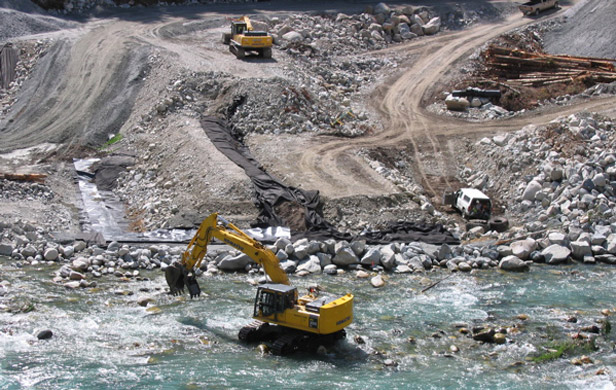
This was sold by the Campbell government as being environmentally neutral because the companies would all be little “Mom and Pop” operations, the rivers wouldn’t be dammed, just an unobtrusive little weir, and the flow of water unimpeded. Therefore, we could expect no environmental damage. At the time I kept and still have the video of Finance Minister Colin Hansen peddling this crap.
I came into the picture, along with Damien Gillis and others in 2008. I was on a sharp learning curve mainly because I could not believe what I was being told.
It was not long before I found that these IPPs were very substantial operations. The weirs were large obstructions, whether called a dam or not; the water flow was seriously impeded (up to 95% of a river’s flow diverted through large pipes or bus-sized tunnels for miles); when the salmon runs came up the river, it was low water and the artificial channels built to accommodate them were a bad joke. The foliage around the rivers was destroyed for the purposes of the “dam” and transmission lines, there were trees cut down and roads built and so-called “Mom and Pop” operations were mostly subsidiaries of large, mostly American companies, who took our money out of the country. The whole program as started by the Campbell government and perpetuated by Clark was bullshit.
IPPs are a financial scam for BC
I consulted with a number of people, including highly-regarded economist Erik Andersen, and saw that the financial arrangements BC Hydro was forced to make were ruinous, and would inevitably lead to bankruptcy in a fairly short period of time.
Putting this all together, Damien and I, working on behalf of the Save Our Rivers Society, were joined by others – and I particularly note Joe Foy of the Wilderness Committee – and we toured the Province, often speaking at meetings put on for the same purpose by COPE 378, during the 2009 election, telling people, chapter and verse, what was going on. The story we told, as I related above, just seemed too preposterous for people to believe. No government would be so careless of the environment, so negligent about BC Hydro and its finances as we were stating. Evidently, Dr. Andrew Weaver, now leader of the Green party, couldn’t accept the obvious either, and campaigned vigorously on behalf of the Liberal energy policy, ignoring the easily available information I had, declaring it was “clean energy”.
I wouldn’t now hold this against Dr. Weaver if he had taken a little time to see what has happened since but he hasn’t and still supports the Liberals on this point.
Rates soar as Hydro buckles under private debt
It’s just as Erik Andersen and other economists predicted, except much worse. Rivers, salmon runs, aquatic life and vegetation have been destroyed, just as Joe, Damien and I predicted.
On the economic front, I don’t think I have to tell you what has happened to BC Hydro. It has been well reported and must have been seen by Dr. Weaver. As a direct consequence of this economic catastrophe visited upon BC Hydro by the Campbell/Clark energy policy, that Weaver supports, our once great Crown corporation is now de facto bankrupt.
This is hardly just Rafe Mair or Damien Gillis talking. Readers of The Common Sense Canadian have seen the evidence build over the past few years as we reported it. The tragic figures are now common knowledge and available on the Internet. You have all seen the numbers and know the terrible shape BC Hydro is in. As a reminder, here’s blogger Norm Farrell’s explanation:
[quote]…from 1996 to 2016, purchases from independent power producers (IPPs) soared by 839% to 14,877 GWh, which cost about $1.3 billion in the current fiscal year. According to BC Public Accounts, the obligation to IPPs is $1.85 billion in the year ended March 2016.[/quote]
Alas, that’s not all. We have Site C which will certainly cost more than $10 Billion to produce energy we don’t need, and without any customers unless Christy Clark comes up with an LNG industry to supply countries that don’t need it, in a world market with a massive glut of gas.
Weaver still backs IPPs
Sadly, while Dr. Andrew Weaver has spoken out of late against Site C Dam, he and the BC Green Party fully support the Campbell/Clark energy policy and the continued enriching of the rich while bankrupting BC Hydro. If you wish to confirm this, listen to the Ian Jessop Show on CFAX from December 17 1 PM slot (the second interview, start listening around the 41 min mark). It’s worth the trouble.
There, you will hear Dr. Weaver still praising private power – only criticizing the Liberals’ lack of environmental monitoring and enforcement. What he fails to recognize or admit is that this industry has never been monitored, nor any protections enforced, since day one, which is precisely what we’ve been warning for nearly a decade now. This is not some mere wrinkle or oversight – it’s exactly how a privatized system is designed to work.
I’m keenly disappointed. I honestly believed that a party had appeared that British Columbians could support and I no longer believe that. I have written to Dr. Weaver and advised him of that.
The result, then, at this moment in time, is that the Christy Clark government has had a huge stroke of luck, assuming that John Horgan and the NDP don’t follow Damien’s advice here a few days ago – and they show no signs of doing so. Better the party loses an election than the leader loses face.
This, then, is the extent of the tragedy and you can understand, I think, why this is a disappointing moment.



